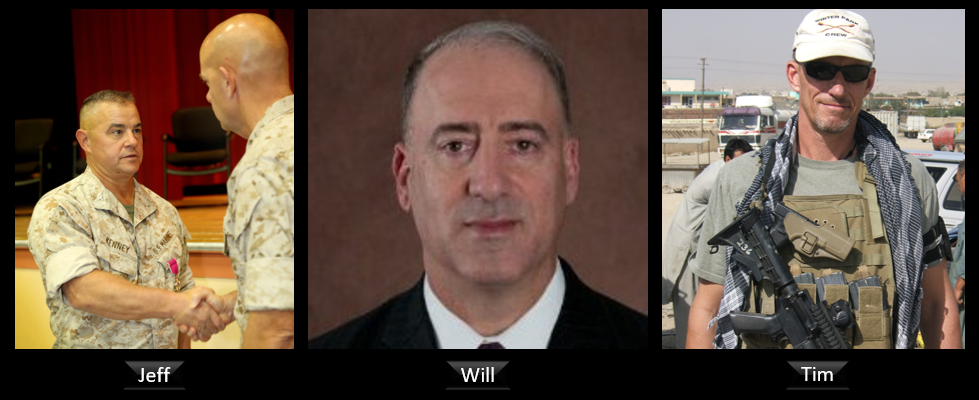
THE ALL MARINE RADIO HOUR: the Mensa’s talk the last week of Afghan news
Podcast: Play in new window | Download

Podcast: Play in new window | Download
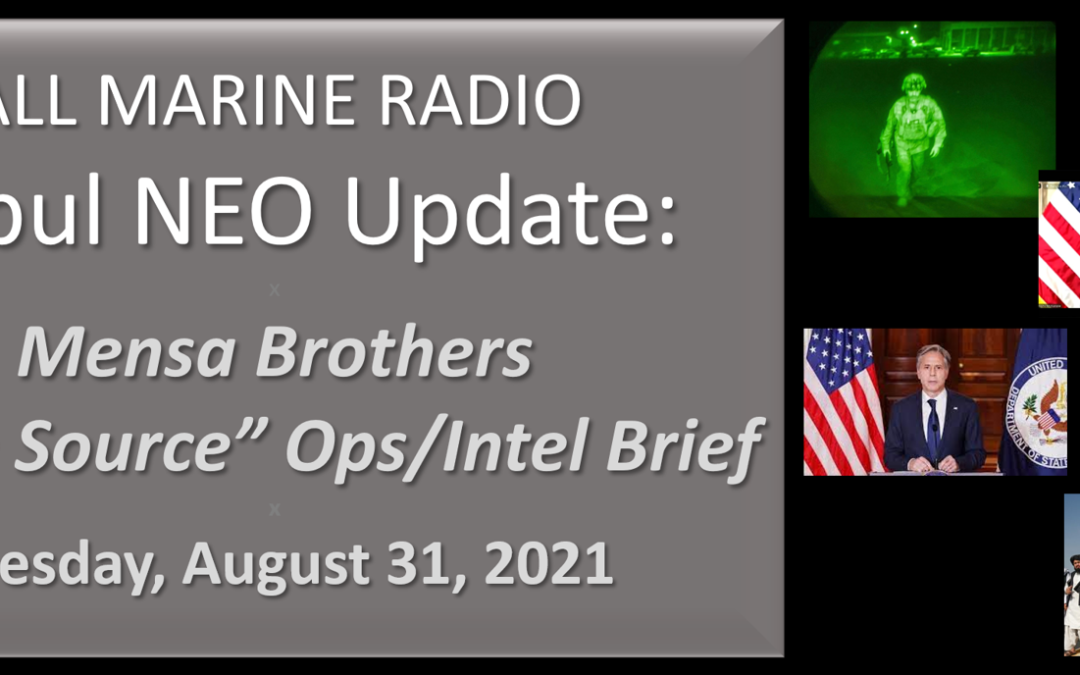
Podcast: Play in new window | Download
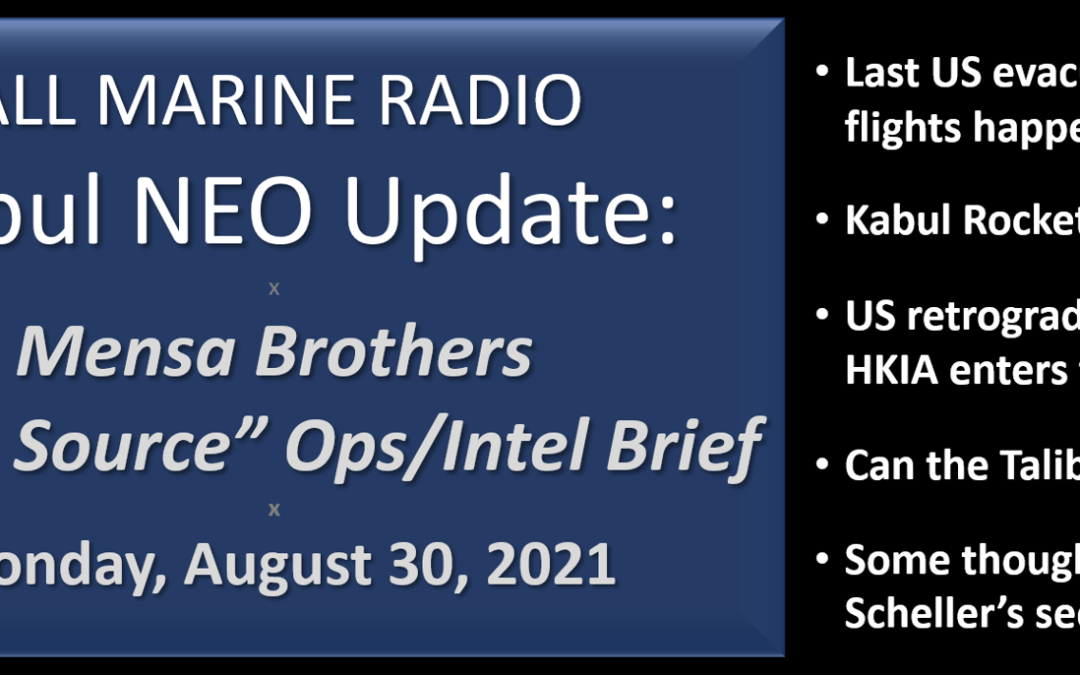
Podcast: Play in new window | Download
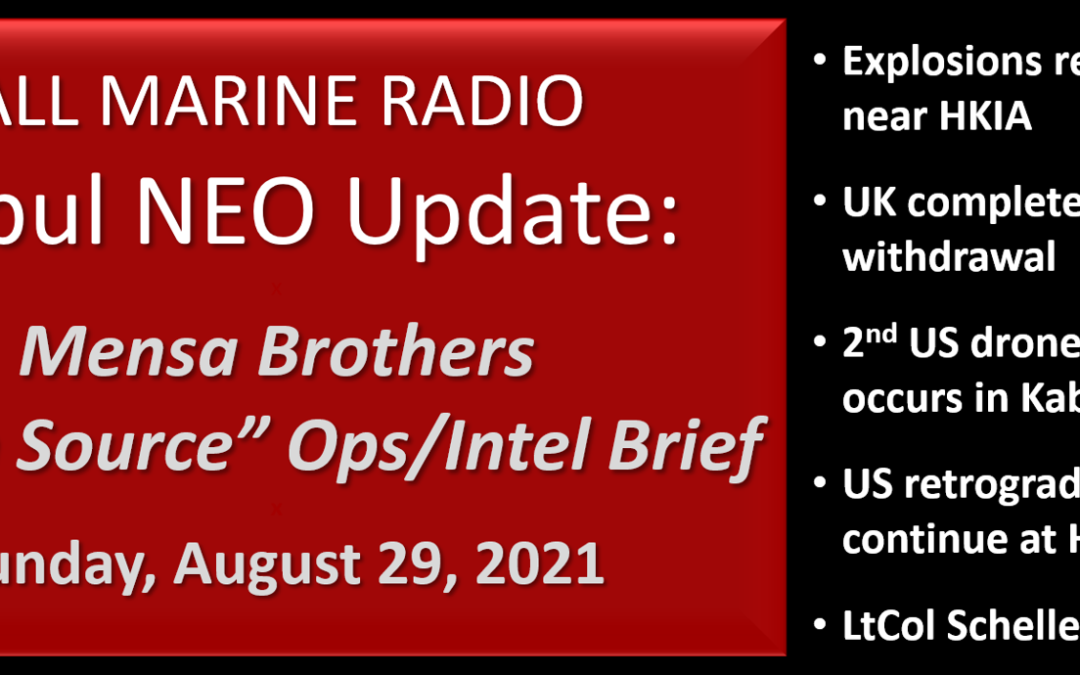
Podcast: Play in new window | Download
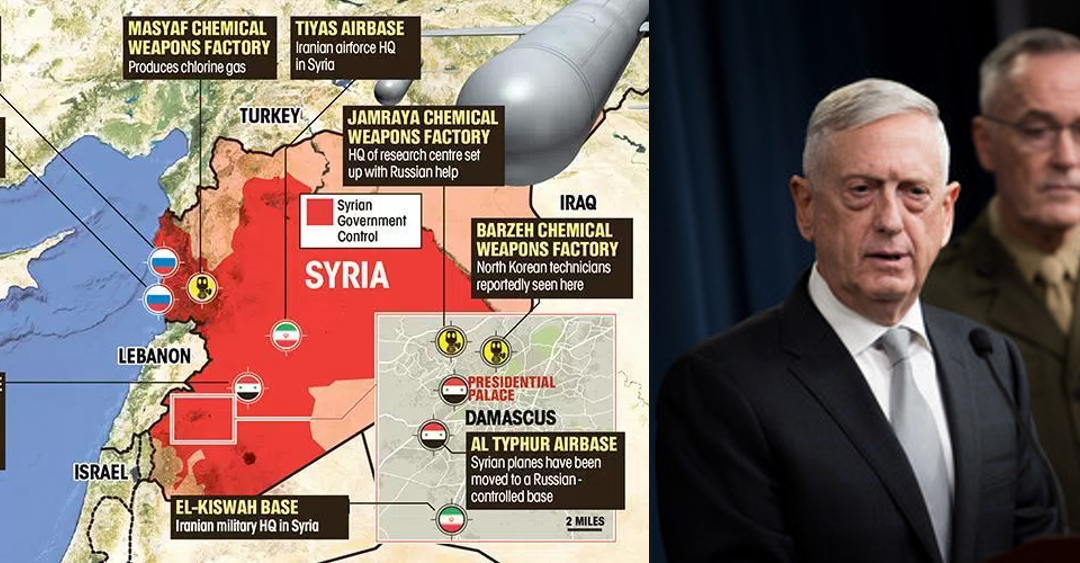
Podcast: Play in new window | Download